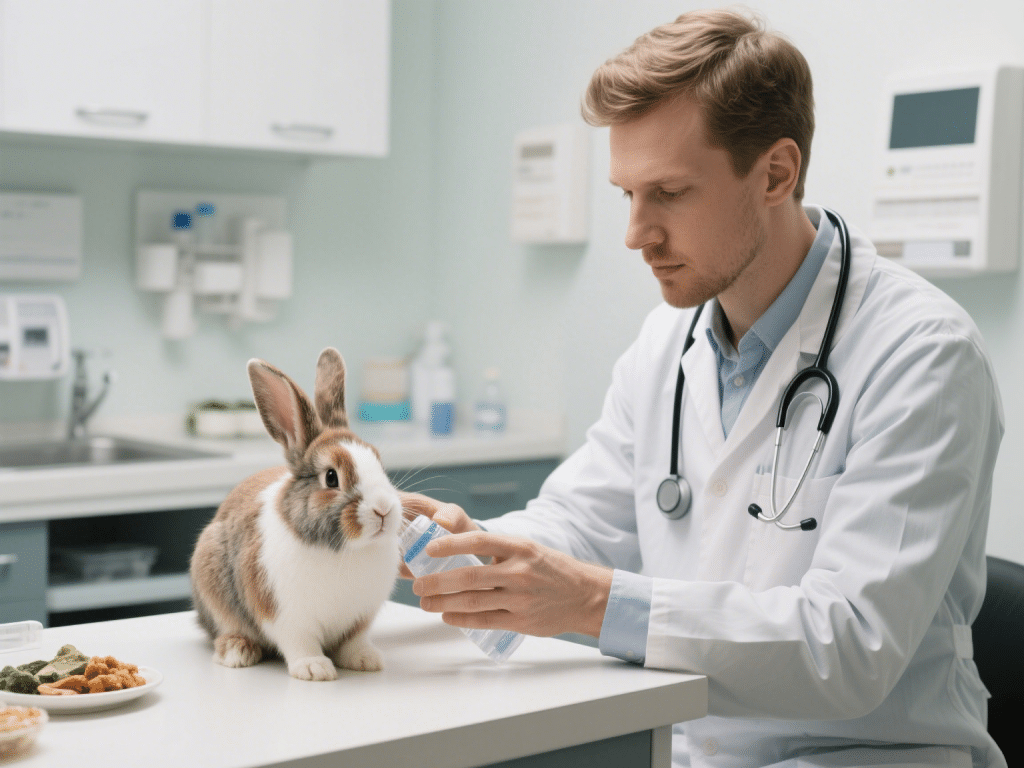RECOMMENDED NEWS

Safe Parasite Control for Small Breed Puppies
Parasites pose a hidden threat to our tiniest canine companions. Drawing on my background as a canin...
Read More →
How to Safely Introduce a New Puppy to Your Senior Dog
Welcoming a new puppy into a home where an older dog has established routines can be tricky. Drawing...
Read More →
Preventing Urinary Stones in Male Rabbits: Dietary & Husbandry Best Practices
Urinary calculi—bladder stones—are a common issue in male rabbits, causing straining, hematuria,...
Read More →
Managing Anxiety in Rescue Dogs: Proven Strategies for a Calmer Pet
Rescue dogs often carry emotional scars from past trauma, leading to anxiety, fear, and unwanted beh...
Read More →
Effective Natural Remedies for Cat Hairballs: A Vet-Approved Guide
IntroductionHairballs plague up to 85% of cats at least once in their lifetime, especially long-hair...
Read More →
How to Set Up a Reptile Terrarium: Temperature and Lighting
IntroductionCreating a suitable terrarium environment is essential for the health and longevity of c...
Read More →
What Your Cat’s Meow Tells You About Their Mood
IntroductionCats cannot speak our language, but their vocalizations convey nuanced messages. From so...
Read More →
Understanding Deworming Requirements for Senior Dogs
IntroductionSenior dogs (7 years and older, breed-dependent) may have altered metabolism, compromise...
Read More →
Why Do Cats Knock Things Over? What It Really Means
IntroductionIf you’ve ever wondered why your cat swats a glass off the counter or pushes a framed ...
Read More →
Comments on "How to Teach Your Cats to Use a Harness and Leash Safely" :